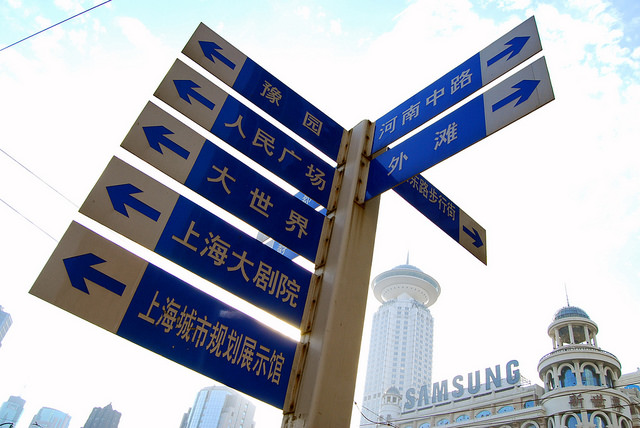China is the second-largest economy in the world, with growth more than twice most others, facilitated by its willingness to lever up while others were deleveraging. Last year, China abruptly pulled back its credit-fueled growth, inadvertently slowing its economy far more than desired. The resulting ripples inexplicably weakened economies everywhere. From fall 2015 until March 2016, China reversed course and revived its lending growth to get back into its comfort zone. Can it be sustained?
China’s all-inclusive debt/GDP has now risen tremendously to 250%, equal to that of the US. No warning flag there, yet its interest rates are far higher so its debt service is also higher and rising. Most others have lower and falling debt service ratios. China’s is now at a level where some countries, but not all, have run into sustainability issues. Those who did had large foreign ownership of their debt; foreign investors can be fickle. China’s foreign ownership is tiny. Outside of China, market participants are worried about the quality of China’s outstanding debt, which has overwhelmingly taken the form of bank loans instead of bonds. Nonperforming loans and the number of bond defaults are both rising. While China’s borrowing probably hasn’t gone too far yet, we believe a restructuring lies ahead to keep it that way.
Policy will push a terming-out of loans into bonds, in our view. Extending duration will lower debt service, resulting in a much larger debt market and smaller loan market. When your interest rates are higher than the rest of the world’s, and policy actions connect your bond market to the outside, your interest rates are prone to coming down. The mutual recognition of Hong Kong and Shanghai registered funds will enable such connectivity. For those who can get comfortable with the yuan’s stability versus a basket of currencies, in today’s yield-starved world, inflows into China’s bond market should lower its rates as well as its debt service. If China’s bond indices become recognized in global indices (a current lobbying effort), this too will help connect its bond market. State-owned enterprises will also be encouraged to issue equity in Hong Kong and bring back those funds to pay down debt. The country cannot maintain rapid debt growth forever – but it can for several more years.
One also needs to consider whether debt is being incurred for consumption or to enable investments: If you generate a return on those investments above the cost of debt, your debt is inherently more sustainable than consumption-driven debt binges. Today, China is trying to bridge its old economy to carry enough growth until its newer economy becomes large enough to pick up the baton. We think the new consumer, services, and higher-technology industries will be strong enough three to five years down the road to do just that. In our eyes, China is building a bridge to a pier, not a bridge to a cliff.
Michael J. Kelly, is Managing Director, Global Head of Multi-Asset at PineBridge Investments.
This information is for educational purposes only and is not intended to serve as investment advice. This is not an offer to sell or solicitation of an offer to purchase any investment product or security. Any opinions provided should not be relied upon for investment decisions. Any opinions, projections, forecasts and forward-looking statements are speculative in nature; valid only as of the date hereof and are subject to change. PineBridge Investments is not soliciting or recommending any action based on this information.


